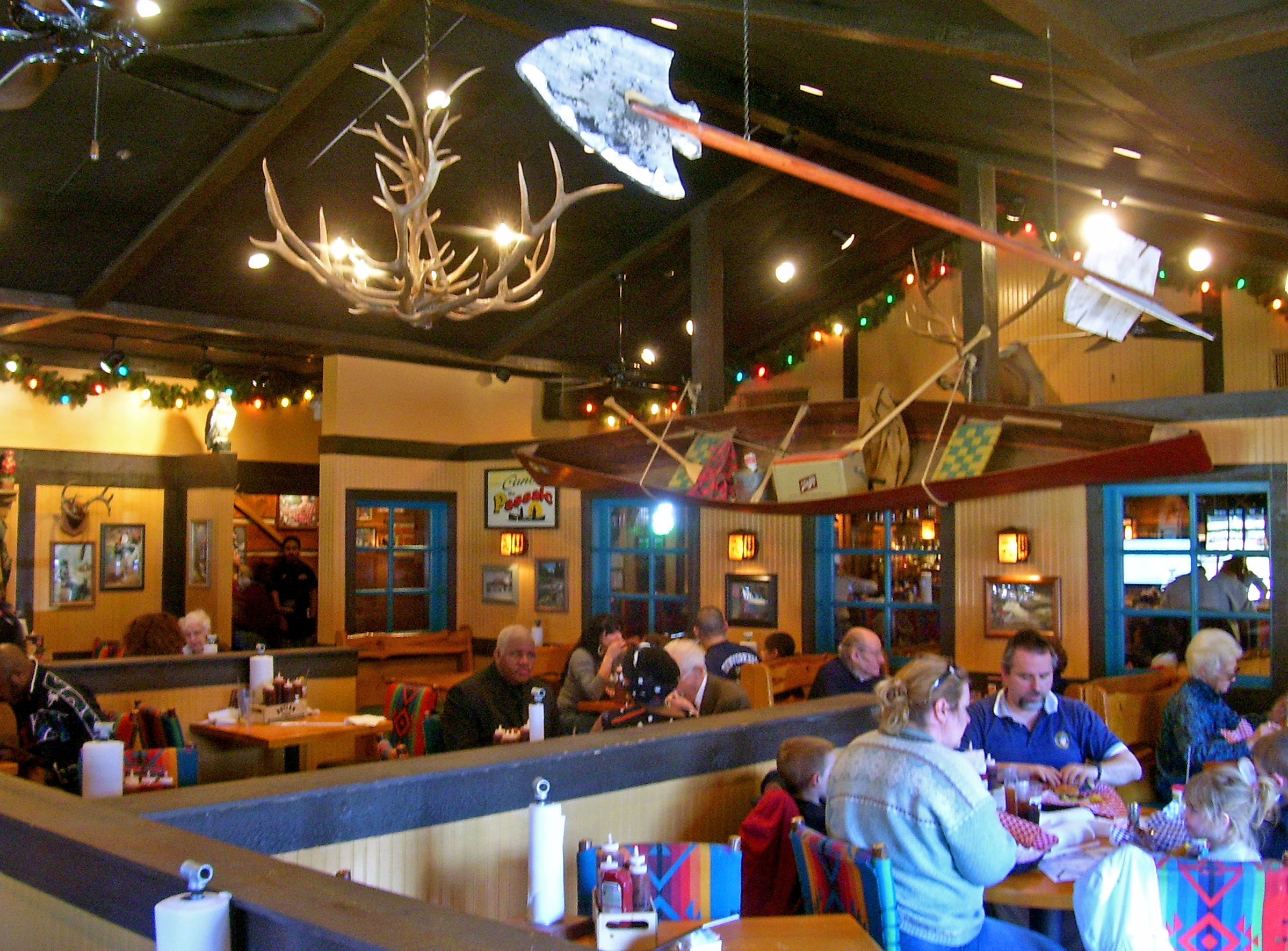Maybe you’ve heard the analogy that data is like an oil field or untapped gold. The idea is that there is a wealth of it right underneath you, that it is precious and valuable. Like gold or oil, it must all be extracted in order to truly benefit from it.
But, that’s not true.
Unlike oil or gold, not all data is valuable. There are vanity metrics; that is, the data that is not indicative of what’s really happening to your business. These are metrics such as the number of website visits, page views, social media followers, bounce rates or time spent on your website. ‘Dead data’, as it’s called, is the information that gives no tangible benefit or actionable insight. It doesn’t really tell us much about anything.
After all, what would it matter if your social media account had two-thousand followers but zero engagement? How useful is a thousand website visitors and no conversions?
So what is the data that matters? To put it simply, it is the data that takes your business model into account and develops a set of metrics tied to your company’s needs. It is about the who, not the how many, and the visitor behaviors, not the page views. It probably deals more with engagement than numbers. Data that matters is the data that tells us who is converting, what channels are driving them, what their lifetime value is worth and who is coming back for more.
In other words, data is not an oil field or untapped gold. It is wheat. Wheat must be harvested and processed by a skillful baker and made into something of value, such as bread.*
The reason we totally misunderstand analytics is because we confuse it with raw data. In the same way that wheat must become bread before it can be consumed, data does not become analytics until it has been processed, interpreted and, as if it needed to be said, analyzed.
 Consider Dickey’s Barbecue Pit. Crunching data from point-of-sale systems, marketing promotions, loyalty programs, customer surveys and inventory systems, the restaurant chain has developed an analytics stack (called smoke stack) that provides near real-time feedback on many of their KPIs. It is an unlikely combination, barbecue and big data, but the benefits are obvious:
Consider Dickey’s Barbecue Pit. Crunching data from point-of-sale systems, marketing promotions, loyalty programs, customer surveys and inventory systems, the restaurant chain has developed an analytics stack (called smoke stack) that provides near real-time feedback on many of their KPIs. It is an unlikely combination, barbecue and big data, but the benefits are obvious:
If a baseline of sales is expected in a region and sales drop, for example, Dickey’s leadership is aware of the change within hours, not weeks or months. The data allows them to course-correct early, deploying resources and training directly to the needing store. Their data has become actionable insight resulting in a strong competitive advantage.
As Ben Harper, Co-Founder of Datify, wrote, “A data-led business is not one that has lots of data. It is one that uses that data based on analysis to make real data-fed, insight-led decisions.”
Data is not difficult to gather but it is difficult to understand. In terms of software, there have been several revolutionary tools that have been developed in recent years. The fact remains, however, that data is useless without the right humans to analyze it and base decisions from it. Michael Schrage from the Harvard Business Review wrote recently, “… too many organizations don’t quite grasp that being ‘big data-driven’ requires more qualified human judgment than cloud-enabled machine learning.”
Don’t let the term ‘big data’ throw you off. Data is still data. Big or not, data is useless without the human element. At the same time, the era of Don Draper and “marketing guts” is over. We must learn to collaborate with machines and make decisions based on the data.
Analytics are only as good as what they help your company do. Metrics that matter understand and identify desired outcomes. For marketers, it requires a centralized management of data; one place where it can gather audience analytics, website management and lead prospecting. To survive in a world of big data, CMOs must continue to adapt and use their data properly.
* Thank you to Ben Harper for this great analogy.

